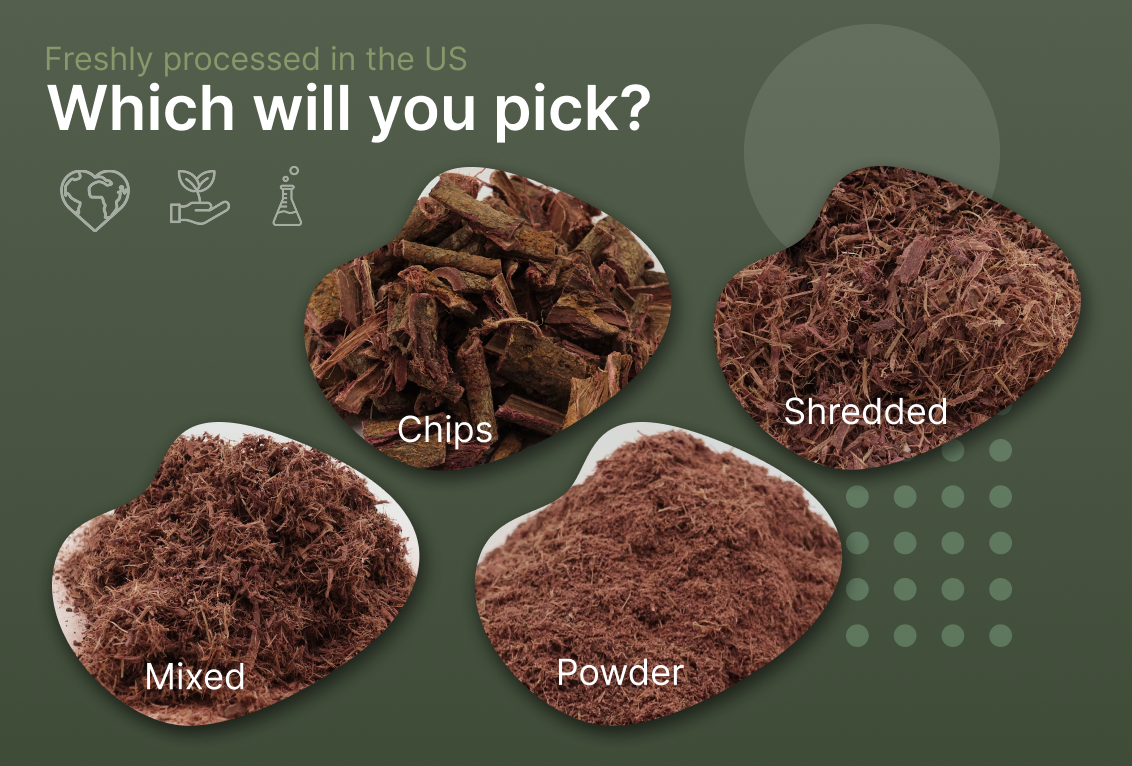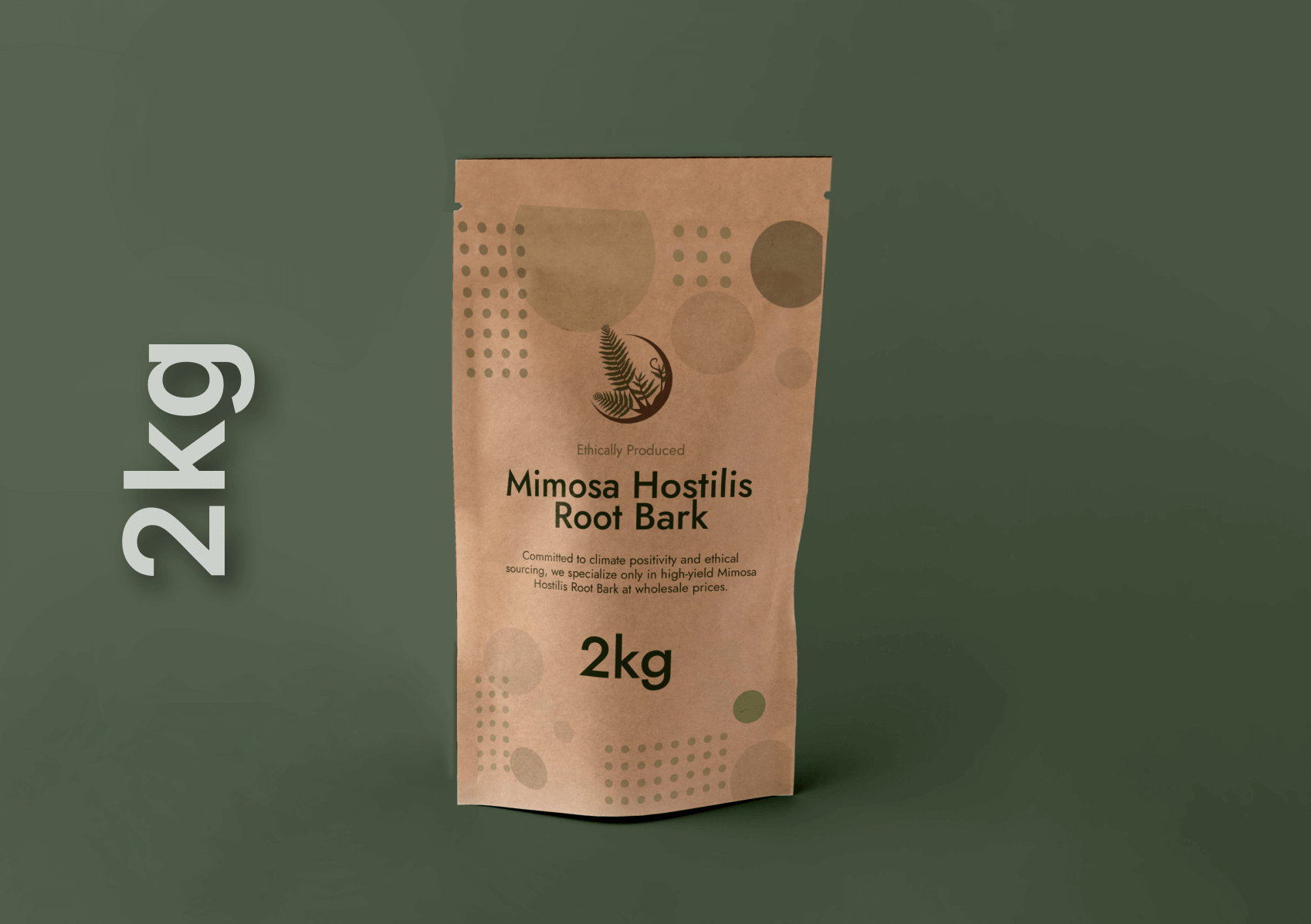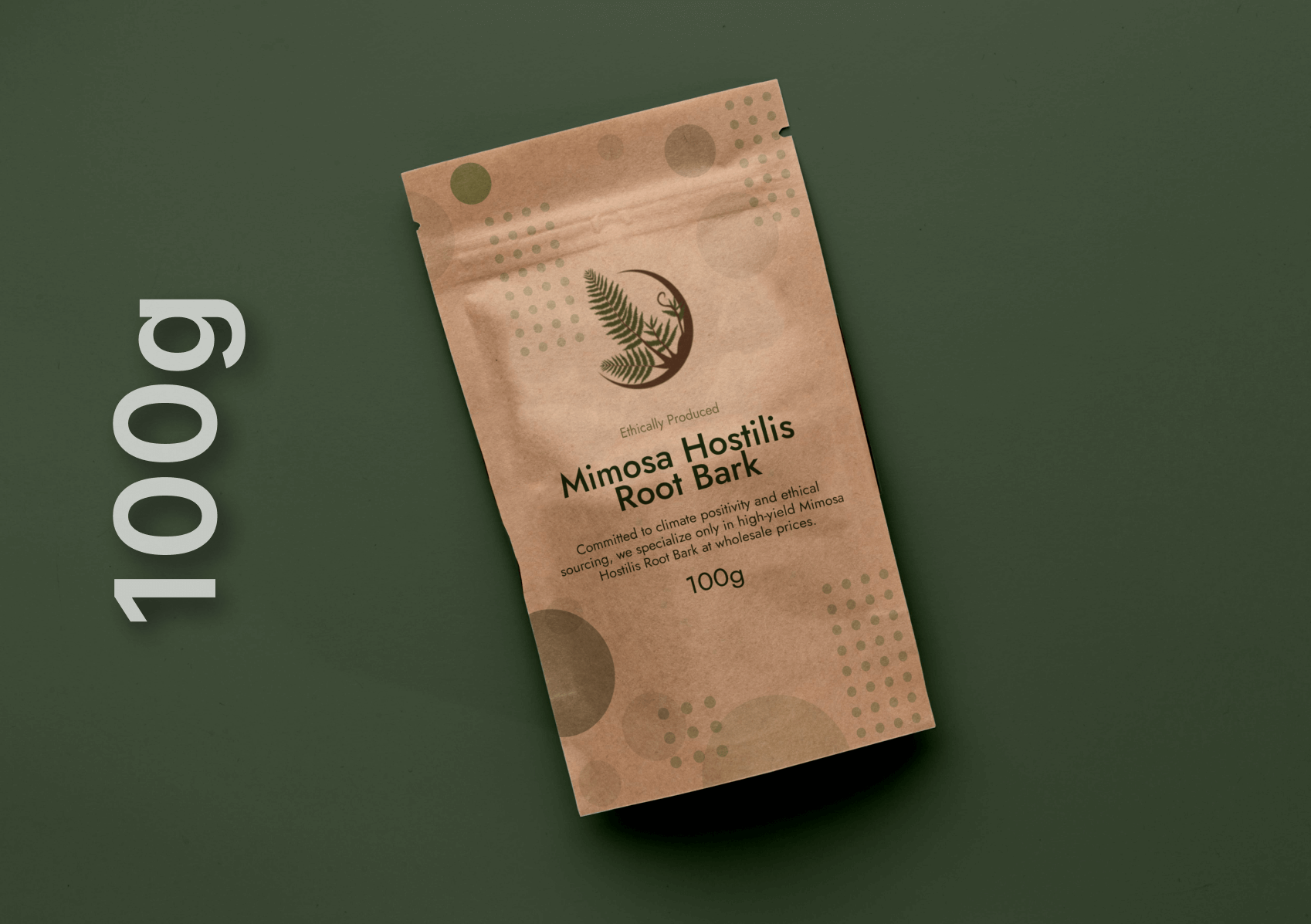Jurema Preta (Mimosa tenuiflora), a resilient shrub native to Northeastern Brazil and parts of Mexico, has long been recognized in traditional practices for its botanical value. Modern research has increasingly shifted attention to its antioxidant properties, largely attributed to its abundant phenolic compounds, flavonoids, tannins, and other bioactive molecules found in its bark and root. Understanding these antioxidant mechanisms is essential for professionals evaluating plant-derived compounds for wellness, skincare, and biochemical applications.
This comprehensive analysis explores the plant’s chemical structure, antioxidant behavior, extraction methods, stability, and potential for incorporation into research-driven formulations—all discussed in a factual, scientific, and legally compliant framework.
Phytochemical Composition Supporting Antioxidant Activity
Rich Phenolic Content
The phenolic profile of Jurema Preta includes chlorogenic acids, gallic acid derivatives, tannins, and other polyphenols known for strong free-radical-scavenging capacity. These compounds help neutralize unstable molecules such as reactive oxygen species (ROS), which contribute to oxidative stress in biological systems.
Flavonoid Constituents
Flavonoids play a pivotal role in antioxidant functionality. Studies identify quercetin, catechin, rutin, and related flavonoids within the plant matrix. These molecules donate hydrogen atoms to unstable radicals, stabilizing them and preventing oxidative chain reactions at the cellular level.
Tannins and Their Protective Mechanisms
The high tannin concentration in Jurema Preta contributes not only to its astringent properties but also to metal-chelating and ROS-scavenging behaviors. Condensed tannins, specifically proanthocyanidins, are known for exceptional antioxidant strength due to their polymeric structure and hydrogen-donating ability.
Mechanisms Behind Antioxidant Action
Free Radical Scavenging
The primary antioxidant mechanism is the neutralization of free radicals. Phenolic hydrogen donation disrupts radical propagation and reduces oxidative stress that may damage lipids, proteins, and DNA.
Lipid Peroxidation Prevention
Jurema Preta extracts have shown capabilities in limiting lipid peroxidation, a harmful process affecting cellular membranes. By stabilizing lipid molecules, its compounds contribute to maintaining structural integrity in biological tissues.
Metal Ion Chelation
Metal ions such as iron and copper may catalyze oxidative reactions. Jurema Preta’s tannins can bind and deactivate these metal ions, reducing their catalytic potential and supporting redox balance.
Anti-Inflammatory Interactions
Oxidative stress often accompanies inflammation. Several phytochemicals in Jurema Preta exhibit downstream anti-inflammatory effects through oxidative pathway modulation, contributing to its holistic antioxidant profile.
Extraction Methods That Influence Antioxidant Yield
Aqueous Extraction
Traditional preparations often use water-based extractions, which effectively isolate tannins and water-soluble phenols. This method can provide moderate antioxidant potency but may lack the full spectrum of lipophilic compounds.
Ethanolic and Hydroalcoholic Extracts
Hydroalcoholic extractions significantly enhance the recovery of flavonoids and complex phenolic compounds, producing extracts with higher antioxidant activity when evaluated through assays such as DPPH or FRAP. These forms are frequently used in laboratory analysis due to their stronger bioactive profile.
Supercritical CO₂ Extraction
An advanced method leveraging CO₂ under pressure allows extraction of selective components without thermal degradation. Although primarily used for lipophilic constituents, it can isolate unique antioxidant compounds with high purity.
Impact of Extraction Variables
Variables such as temperature, solvent polarity, plant part selection, and drying methods can dramatically alter antioxidant efficiency. Bark tends to yield higher phenolic concentration, but the root also contains valuable bioactive molecules.
Applications of Antioxidant Properties in Scientific and Commercial Contexts
Cosmetic and Skincare Potential
Due to its rich phenolic content, Jurema Preta may be used in research exploring skin-protective formulations, particularly those targeting oxidative damage, pollution exposure, and photoaging. Its compounds demonstrate beneficial interactions with collagen stability and epidermal antioxidant defense systems.
Natural Preservation Research
High antioxidant capacity makes it a candidate for investigation in natural preservation systems, where plant-derived antioxidants may extend the stability of oils, emulsions, and botanical blends without synthetic additives.
Biomedical and Nutritional Science Exploration
While consumption or use must align with legal and safety guidelines, laboratory studies indicate that its antioxidants may have value in exploring cell-protection mechanisms, oxidative-response modulation, and metabolic stability within controlled research environments.
Environmental and Agricultural Uses
The plant’s strong phenolic content also supports soil restoration research, as these compounds can improve soil microbial dynamics, reduce stress impacts on crops, and support regenerative agriculture models.
Antioxidant Stability and Formulation Considerations
Influence of Light, Heat, and pH
Phenolic compounds are sensitive to environmental conditions. UV light, elevated heat, and alkaline pH may degrade antioxidants, reducing potency. Stabilization techniques such as encapsulation or controlled-atmosphere storage are often employed in advanced formulations.
Synergistic Interactions
Jurema Preta’s antioxidant molecules may exhibit synergy when combined with other plant-derived compounds, enhancing overall efficacy. Understanding these interactions is crucial for optimizing formulation output in research or product development.
Bioavailability Factors
While extracts may demonstrate high antioxidant levels in vitro, bioavailability can vary significantly. Factors such as molecular size, solubility, and metabolism influence how antioxidants behave in biological systems. Advanced delivery systems (e.g., liposomal carriers) are being studied to improve absorption and stability.
Sustainability and Ethical Harvesting
Conservation Considerations
Responsible sourcing is essential, as overharvesting of wild populations can threaten ecological balance. Sustainable cultivation and ethical trade practices ensure that research and commercial interest do not compromise long-term plant viability.
Quality Control and Standardization
Standardization of extracts is critical for research consistency. Factors such as phytochemical concentration, plant age, geographic origin, and extraction method must be controlled to ensure reproducible antioxidant performance.
Conclusion: A Promising Botanical for Antioxidant Research
The antioxidant properties of Jurema Preta present valuable opportunities for scientific exploration, especially in areas involving oxidative stability, cellular protection, natural preservation, and skincare innovation. Its potent phenolic and flavonoid composition offers strong free-radical-scavenging potential, while its multifunctional mechanisms contribute to comprehensive oxidative defense. With proper standardization, sustainability considerations, and compliance with regulatory frameworks, Jurema Preta continues to hold significant promise for future research and formulation advancements.
FAQ’s
1. What makes Jurema Preta a strong antioxidant source?
Jurema Preta contains high levels of phenolic compounds, flavonoids, and tannins—bioactive molecules known for their ability to neutralize free radicals, reduce oxidative stress, and protect cellular structures.
2. Which parts of the Jurema Preta plant contain the most antioxidants?
The bark is the richest source of antioxidant compounds, especially tannins and phenolics, while the root also contains valuable bioactive constituents contributing to antioxidant activity.
3. How do researchers extract antioxidant compounds from Jurema Preta?
Scientists use methods such as aqueous, ethanolic, hydroalcoholic, and supercritical CO₂ extraction. Hydroalcoholic extractions typically produce the strongest antioxidant yield due to better solubility of phenolic compounds.
4. Can Jurema Preta antioxidants be used in skincare research?
Yes. Its phenolics and flavonoids are under study for potential roles in skin protection, anti-aging research, pollution defense, and natural preservation due to their ability to reduce oxidative damage in skin cells.
5. Is Jurema Preta sustainably sourced?
Sustainability depends on cultivation and harvesting practices. Ethical sourcing ensures the plant is not over-harvested from the wild, supporting ecological balance and long-term research availability.




